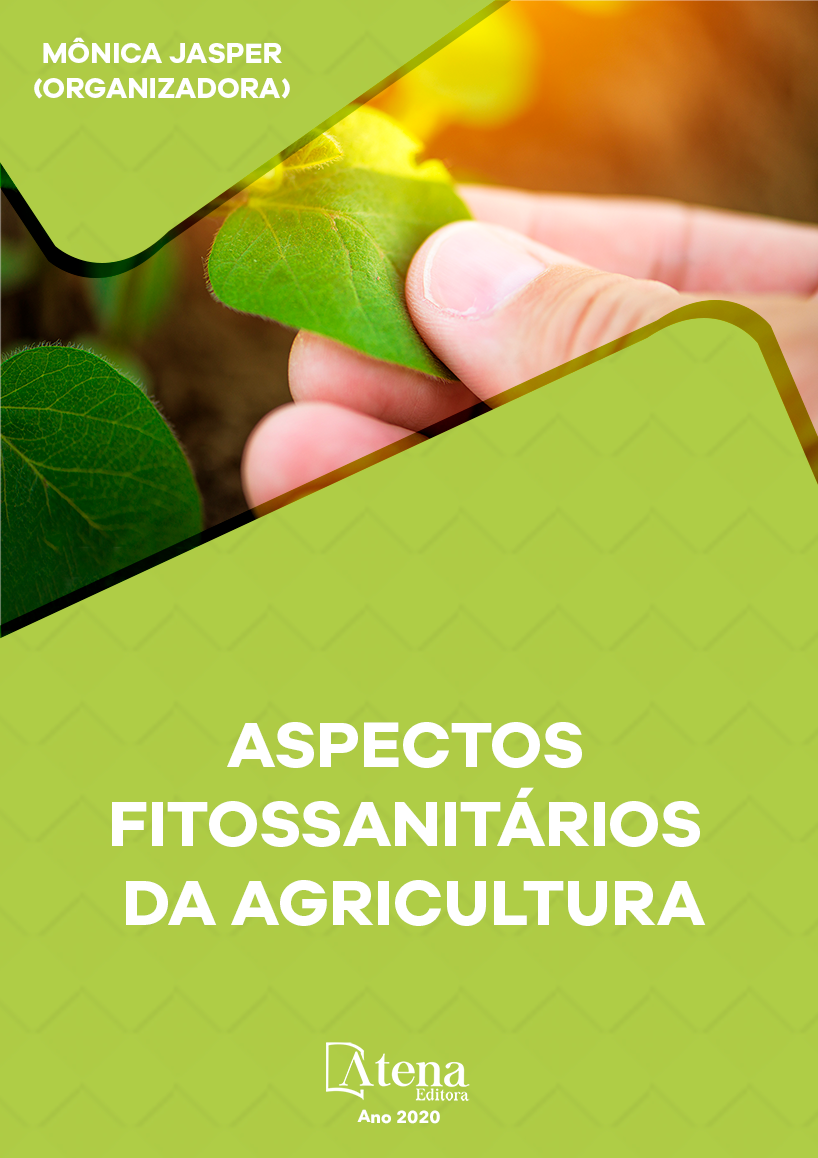
AGREGAÇÃO DO SOLO EM SISTEMA INTEGRAÇÃO LAVOURA E PECUÁRIA NO CERRADO
Modernas técnicas de cultivo com elevada mecanização e uso intenso dos solos têm promovido mudanças nos atributos físicos do solo interferindo no equilíbrio dos recursos naturais, além de diminuir a produção das culturas agrícolas. Objetivou-se nesse trabalho verificar o efeito de cinco sistemas de uso do solo na agregação do solo em duas profundidades (0-25 cm e 25-50 cm), localizados em Minas Gerais, tendo como referência um solo coberto com cerrado natural. Os sistemas de uso avaliados foram: cerrado natural, eucalípto, integração lavoura-pecuária, pinus pastejo e soja convencional. Os resultados permitiram concluir que a agregação é influenciada pelo tipo de uso e manejo independentemente da profundidade até 50 cm. Quanto mais intenso o uso do solo menores são os agregados, o diâmetro médio geométrico, e o diâmetro médio ponderado. No entanto, a quantidade de argila dispersa em água não foi influenciada pelos tipos de uso e manejo do solo. A qualidade química do solo correlacionou-se inversamente com a agregação. Conclui com os resultados que a agregação do solo depende do sistema manejo e uso. Os manejos que promovem menor revolvimento do solo contribuir para uma maior agregação.
AGREGAÇÃO DO SOLO EM SISTEMA INTEGRAÇÃO LAVOURA E PECUÁRIA NO CERRADO
-
DOI: 10.22533/at.ed.40920130322
-
Palavras-chave: física do solo; agricultura; técnicas de cultivo.
-
Keywords: soil physics; agriculture; cultivation techniques.
-
Abstract:
Modern cultivation techniques with high mechanization and intense use of soils have promoted changes in the physical attributes of the soil, interfering in the balance of natural resources, in addition to reducing the production of agricultural crops. The objective of this work was to verify the effect of five land use systems on soil aggregation at two depths (0-25 cm and 25-50 cm), located in Minas Gerais, having as reference a soil covered with natural Cerrado. The evaluated use systems were: natural savanna, eucalyptus, crop-livestock integration, grazing pine and conventional soy. The results allowed to conclude that the aggregation is influenced by the type of use and management regardless of the depth up to 50 cm. The more intensive the use of the soil, the smaller the aggregates, the geometric mean diameter, and the weighted average diameter. However, the amount of clay dispersed in water was not influenced by the types of use and management of the soil. The chemical quality of the soil was inversely correlated with aggregation. It concludes with the results that the soil aggregation depends on the management and use system. The managements that promote less soil turnover contribute to greater aggregation.
-
Número de páginas: 15
- Risely Ferraz-Almeida
- Fernanda Pereira Martins
- Mariana Velasque Borges
- Cinara Xavier de Almeida
- Renato Ribeiro Passos
- Ivoney Gontijo
- Elias Nascentes Borges
- Risely Ferraz Almeida


